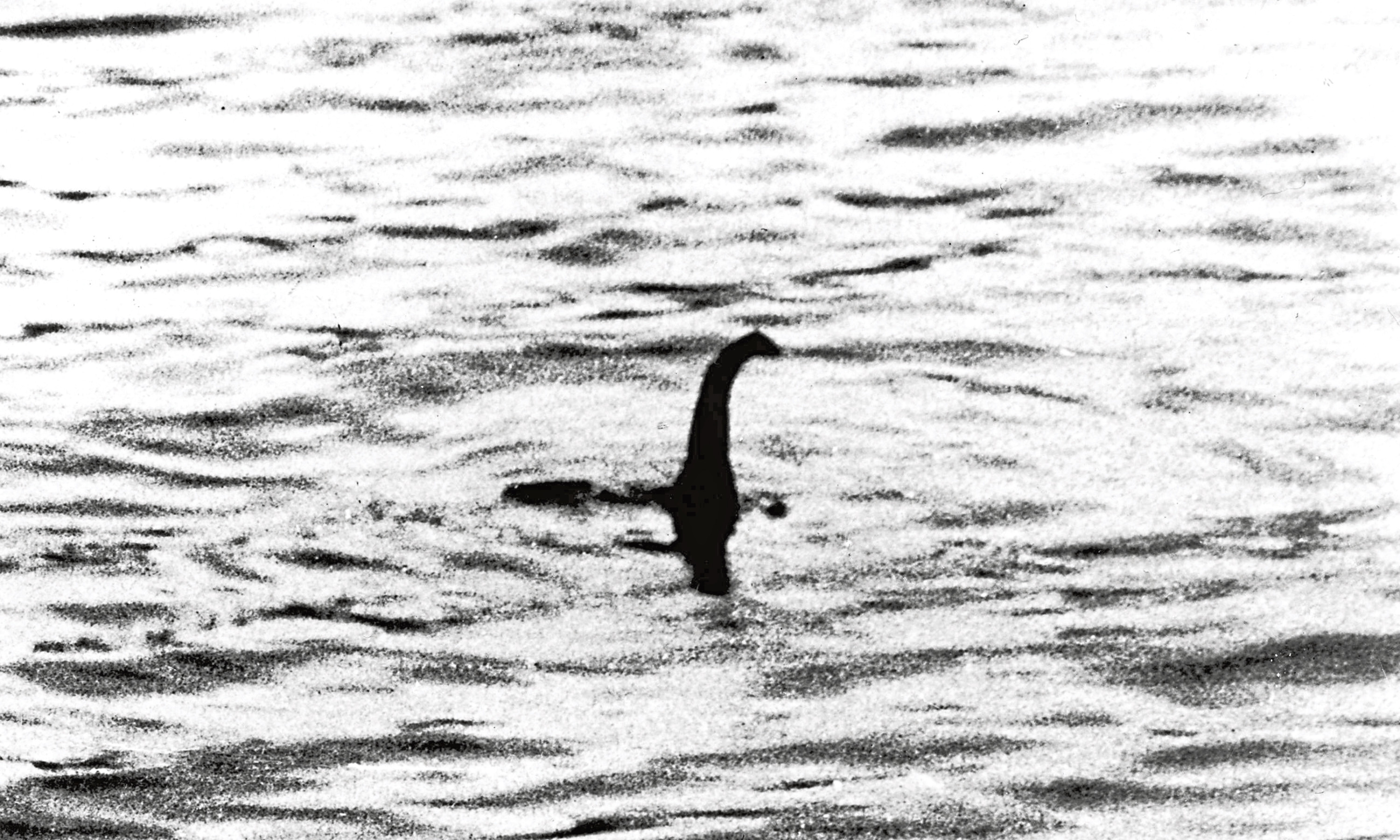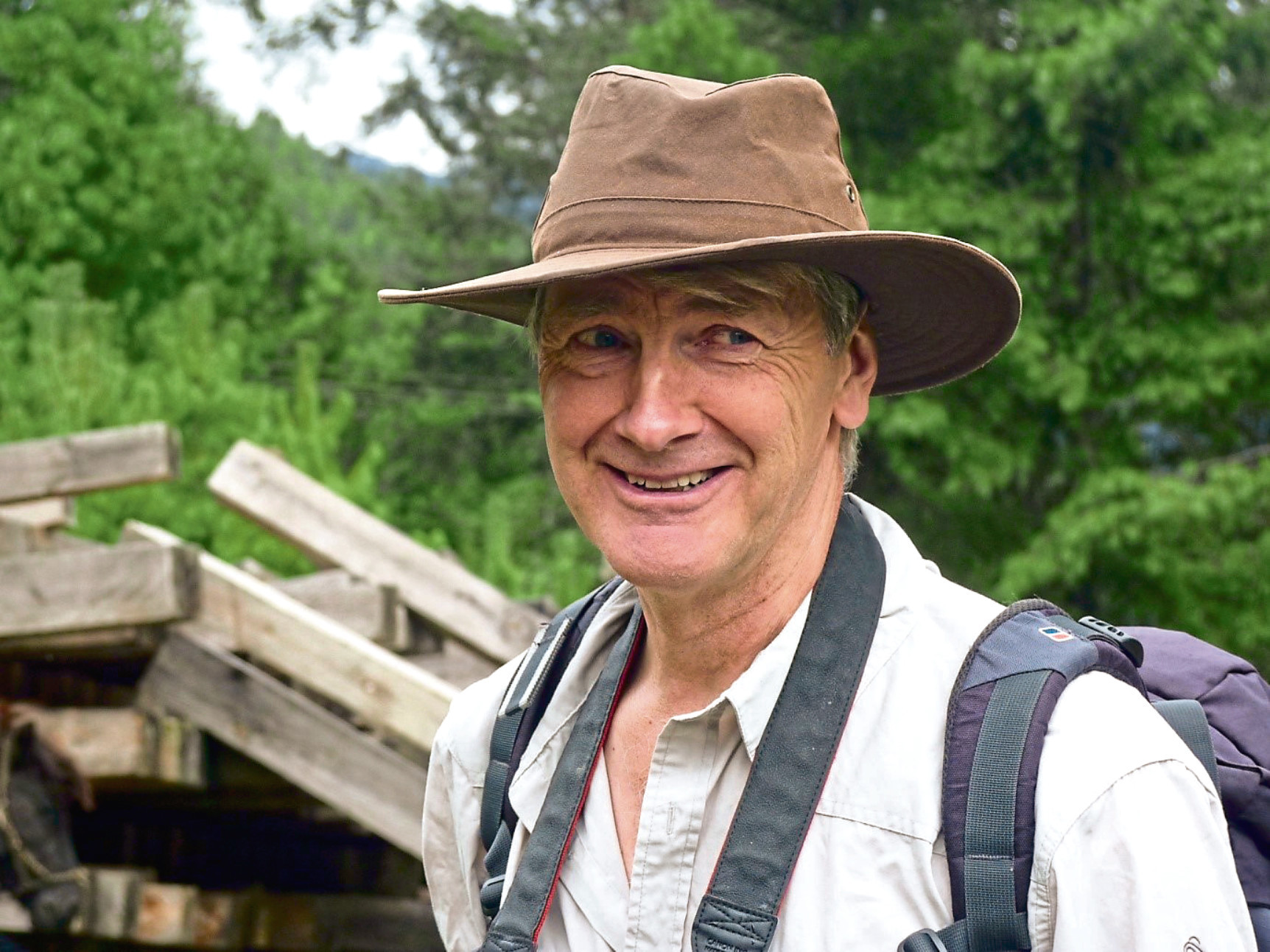
GRAHAM HOYLAND has been intrigued by the tales and legends surrounding mythic monsters ever since his own close encounter.
From the yeti to Nessie, he tells Laura Smith the Honest Truth about why we believe in monsters and how such beliefs can keep us from harm.
What inspired you to write this book?
Finding what looked like two yeti footprints in the snow in a remote corner of Bhutan. We were on an expedition to Gangkar Punsum, the world’s highest unclimbed mountain. We were trying to get out of the area before the winter snow, taking a new route known as the Lost Valley.
The footprints were bigger than a human’s, with clearly defined toes and no sign of claw-marks. They had been made only minutes before we arrived and were spaced far apart, longer than a human stride, and showed how the toes had curled into the snow for grip. I have to admit I was frightened and, at that moment, I believed in the yeti.
Where do myths about the yeti originate?
The stories of wild men in the mountains go back as far as Alexander the Great, and there is a long tradition of yeti stories amongst the Sherpa people. The Western stories go back 100 years to the first expedition to Mount Everest.
How was it described?
The Sherpa talk of large hairy creatures, with feet turned backward to enable them to climb easily and hair so long and matted that it falls over their eyes when going downhill. They can kill a yak with one savage blow. At first, the Western yeti was spoken as almost human, then it became a white furry creature.
What do you think explains these yeti sightings?
After much research, I have reluctantly come to the conclusion that the Sherpa yeti is a bear myth, warning of the very real dangers of Himalayan bears to livestock and humans. DNA samples back up this theory.
I think the Western yeti was a fabrication of these Sherpa stories by journalists and climbers to encourage public interest in Mount Everest climbing expeditions and to sell papers.
Is there a Scottish yeti?
I have seen Am Fear Liath Mòr, the Big Grey Man or Scottish yeti on the Isle of Arran when climbing with my father along the Castles Ridge in the 1960s.
The sun was behind us and we were confronted by a huge grey shape marching out of the fog. It was 10 feet high and surrounded by a huge circular rainbow with a diameter of 30 feet. The effect was terrifying. “Brocken Spectre!” shouted my father. When the sun is behind the viewer, the breath condensing around the head refracts the light and produces the rainbow. The huge figure is your own shadow cast on the fog screen.
What about the Loch Ness Monster?
My grandfather Donald Fraser was from Corpach near the head of Loch Ness.
His stories of the monster are the first I remember.
I’m afraid that despite all the attention I’m a Nessie sceptic. Loch Ness must be the most studied body of water on the planet but no monster has ever been produced.
What are some explanations for Nessie?
When my girlfriend and I were motoring a yacht along a creek in South Carolina, we saw the classic water monster: a head with bright eyes on a long neck, then three humps following on behind, about 12ft long.
We were utterly dumbfounded. Then we watched a female deer jump out of the water, followed by two others. I realised our brains manufacture what we expect to see and many Loch Ness sightings have been similar.
Why do we perpetuate myths about monsters?
Humans need monster stories to keep young children away from dangerous bodies of water and bears. And who benefits from Nessie? Since the 1930s, guesthouse and bar owners have been deeply grateful for the hordes of sightseers. This was summarised by a headline from the Express on April 24 1934: ‘Monster Bobs Up Again. Hotels Doing Fine.’
Yeti: An Abominable History, published by Harper Collins, is out now.

Enjoy the convenience of having The Sunday Post delivered as a digital ePaper straight to your smartphone, tablet or computer.
Subscribe for only £5.49 a month and enjoy all the benefits of the printed paper as a digital replica.
Subscribe